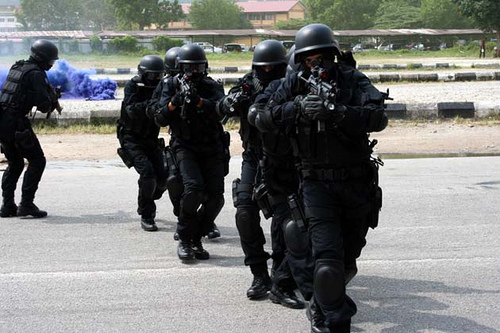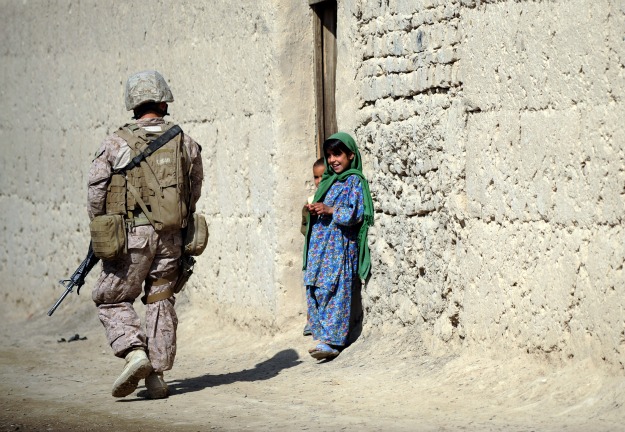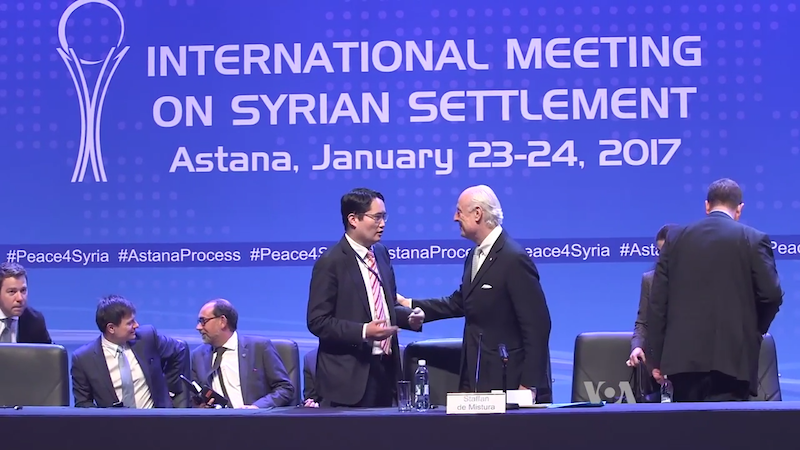Canada has made strong efforts to establish itself as a peacekeeping country in the world, but unfortunately a few peacekeeping missions from the past have led to criticism of Canada’s ability to protect civilians during these missions, especially children. If Canada wants to maintain its reputation as being a credible peacekeeping figure in the world, it is essential to have a strategy to address children in war.
Canada plays an interesting role for peacekeeping missions around the world, but especially in Africa. This is because Canada does not carry the burden of colonialism that so many European countries carry in their history. Another reason why Canada is highly suitable for peacekeeping missions in Africa is our bilingualism, which makes our forces effective in both Eastern and Western parts of Africa.
Despite these helpful attributes, it is crucial for Canada to not make the same mistakes from the past and worsen the issue. This has been a continuing problem in regards to child soldiers. If large numbers of children become involved in a conflict, it is one of the biggest challenges to deal with in peacekeeping operations. This is because in some countries children are used to sustain conflicts, which can cause a country to fall into uncontrollable violence with no clear objective or effective exit strategy for peacekeepers, as in Rwanda.
One person who has been particularly outspoken about child soldiers is Romeo Dallaire. He has mentioned that during the mission in Rwanda, he did not have the knowledge or the tactics to deal with the threat of child soldiers and has argued that even today peacekeepers are undertrained to deal with child soldiers. Dallaire has stated that no child volunteers to fight in war and therefore there should be more efforts to prevent recruitment rather than disarm children when they do become soldiers. One of the biggest problems with child soldiers is how acceptable it is in many countries’ for them to be used in warfare. Child soldiers make up both non-state and state armies making it an even harder issue for peacekeepers to deal when cooperating with states. The Canadian Armed Forces (CAF) are keeping this in mind for future peacekeeping missions, particularly the recently cancelled mission to Africa. In fact Chief of Defence Staff, General Jonathan Vance has been working with the Romeo Dallaire Child Soldiers Initiative on how to address the ever so complex issue of child soldiers.
General Vance has issued a draft version of new guidelines regarding child soldiers. The CAF Child Soldier’s Doctrine is not country specific and gives direction to the CAF on how to engage with child soldiers, which can be problematic because of the different cultures of countries. The challenges with children in war do not just constitute how to engage with them as combatants, but also the other uses of children in war such as intelligence gatherers, domestic labour, and even sex slaves.
The United Nations (UN) in 2005 identified six categories of violations against children that include the killing and maiming of children, recruiting of children as soldiers, sexual violence against children, attacks against schools, denial of humanitarian access to children, and abduction of children. Canadian forces ran into this issue while in Afghanistan when a report in 2008 came out saying that the Afghan military had what were called “tea boys” who would serve soldiers tea. However, these boys were also subject to sexual abuse from the Afghan military. Despite the violations against children that the UN had outlined, Canadian soldiers did not know whether it was in their jurisdiction to intervene due to the lack of information given in their doctrine on the culture and the abuses that take place.
While the doctrine currently and explicitly states that it is not country specific, it is paramount that there needs to be a stronger focus on ethical issues, cultural differences, and human rights issues so the CAF can be better prepared for the missions and know how to respond accordingly towards children of war in the future.




